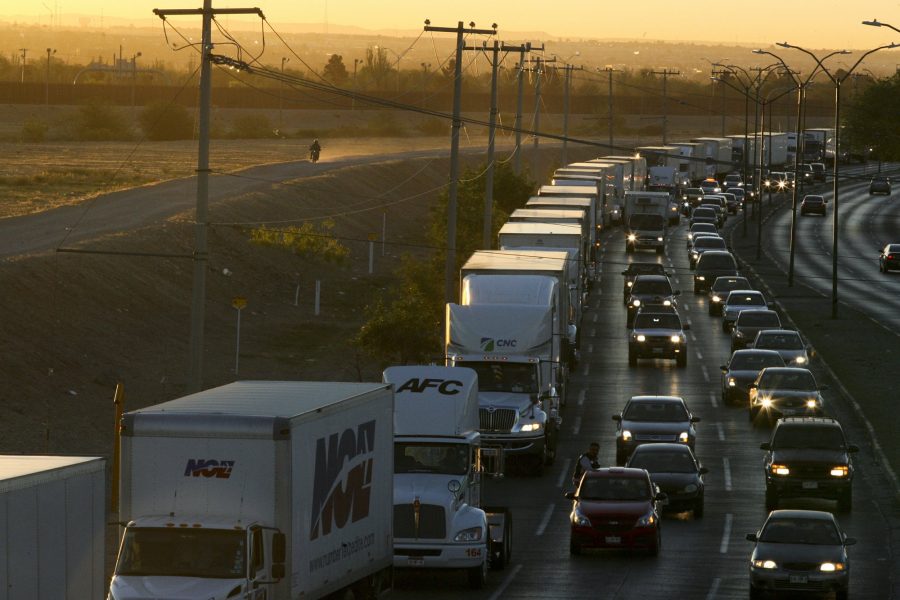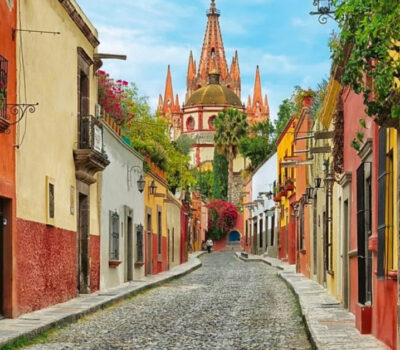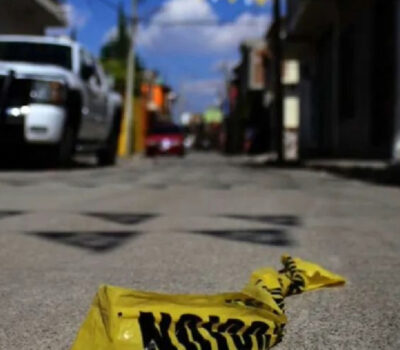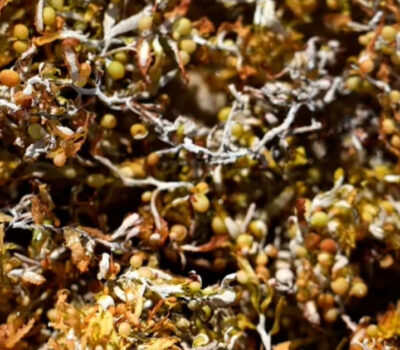In a surprise announcement that could derail a major trade deal, President Donald Trump announced Thursday that he is slapping a 5% tariff on all Mexican imports, effective June 10, to pressure the country to do more to crack down on the surge of Central American migrants trying to cross the U.S. border.
He said the percentage will gradually increase — up to 25% — “until the Illegal Immigration problem is remedied.”
The decision showed the administration going to new lengths, and looking for new levers, to pressure Mexico to take action — even if those risk upending other policy priorities, like the United States-Mexico-Canada Agreement, a trade deal that is the cornerstone of Trump’s legislative agenda and seen as beneficial to his reelection effort. It also risks further damaging the already strained relationship between the U.S. and Mexico, two countries whose economics are deeply intertwined.
Trump made the announcement by tweet after telling reporters earlier Thursday that he was planning “a major statement” that would be his “biggest” so far on the border.
“On June 10th, the United States will impose a 5% Tariff on all goods coming into our Country from Mexico, until such time as illegal migrants coming through Mexico, and into our Country, STOP,” he wrote. “The Tariff will gradually increase until the Illegal Immigration problem is remedied.”
Mexican President Andrés Manuel López Obrador responded in a public letter late Thursday, telling Trump that “social problems are not solved with duties or coercive measures” and alluded to the United States’ history as a nation of immigrants. “The Statue of Liberty is not an empty symbol,” he wrote. He also said he was dispatching his foreign relations secretary to Washington on Friday to try to negotiate a solution.
In his growing fury over an increase in border crossings that he has likened to an “invasion,” Trump has blamed Mexico for failing to stop the flow of asylum seekers from countries like El Salvador and Honduras who pass through its territory. And he has been itching to take increasingly radical, headline-grabbing action on the issue, which he sees as critical to his 2020 campaign because it energizes his base.
But the sudden tariff threat comes at a peculiar time, given how hard the administration has been pushing for passage of the USMCA, which would update the North American Free Trade Agreement. It comes less than two weeks after Trump lifted import taxes on Mexican and Canadian steel and aluminum, a move that seemed to clear an obstacle to its passage, and the same day that both Trump and López Obrador began the process of seeking ratification. The deal needs approval from lawmakers in all three countries before it takes effect.
“The tariffs certainly put the USMCA on ice,” said Gary Hufbauer, an expert in trade law at the Peterson Institute for International Economics, who panned the move but said Trump does have the legal authority to impose the tariffs under the International Emergency Economic Powers Act by citing a national emergency.
“The drama is legal, but it’s preposterous,” he said.
Daniel Ujczo, a U.S.-based international trade lawyer, said the threat would likely slow the deal’s progress in Mexico and put U.S. lawmakers who want to vote “yes” in a difficult position because companies in their districts will end up paying the tariffs.
Still, Ujczo and others wondered whether Trump — who has a habit of creating problems and then claiming credit when he rushes in to solve them — would go through with the threat.
“This seems more theater and tactics than a strategy to solve the migration crisis and rebalance North American trade,” Ujczo said.
It wouldn’t be the first time Trump has punted on an immigration threat. In late March, Trump threatened to shut the entire U.S.-Mexico border if Mexico didn’t immediately halt illegal immigration. Just a few days later, he backed off the threat, saying he was pleased with steps Mexico had taken in recent days. It was unclear, however, what Mexico had changed.
Indeed, on a briefing call with reporters Thursday evening, administration officials said Mexico could prevent the tariffs from kicking in by securing their southern border with Guatemala and entering into a “safe third country agreement” that would make it difficult for those who enter Mexico from other countries to claim asylum in the U.S.
“We’re going to judge success here by the number of people crossing the border and that number needs to start coming down immediately, in a significant and substantial number,” said acting White House chief of staff Mick Mulvaney.
He also insisted that tariffs were “completely” separate from the USMCA because one pertained to immigration and the other trade.
Still the threat drew a withering response from Republican Sen. Chuck Grassley, a usual Trump ally, who slammed it as “a misuse of presidential tariff authority” that would burden American consumers and “seriously jeopardize passage of USMCA.”
Mulvaney said the White House had briefed a number of Republicans on the plan and acknowledged that some — particularly in the Senate — had raised concerns about the president invoking such powers.
The threat comes at a time when Mexico has already been stepping up its efforts to crack down on migrants, carrying out raids and detaining thousands of people traveling through the country en route to the U.S.
The crumbling city of Tapachula, near the Guatemalan border, has become the epicenter of the crackdowns, with thousands of migrants stranded because the Mexican government isn’t providing them visas to travel. In addition, the Mexican government has allowed the U.S. to send back hundreds of asylum seekers from Central America and other countries, forcing them to wait out their cases in Mexico.
But that hasn’t satisfied Trump, whose White House laid out an escalating schedule of tariff increases if his demands are not met: 10% on July 1, 15% on Aug. 1, 20% on Sept. 1 and 25% on Oct. 1.
After that, the White House said, “tariffs will permanently remain at the 25% level unless and until Mexico substantially stops the illegal inflow of aliens coming through its territory.”
___
Associated Press writer Kevin Freking and Paul Wiseman in Washington and Maria Verza in Mexico City contributed to this report.
In a surprise announcement that could derail a major trade deal, President Donald Trump announced Thursday that he is slapping a 5% tariff on all . . .












